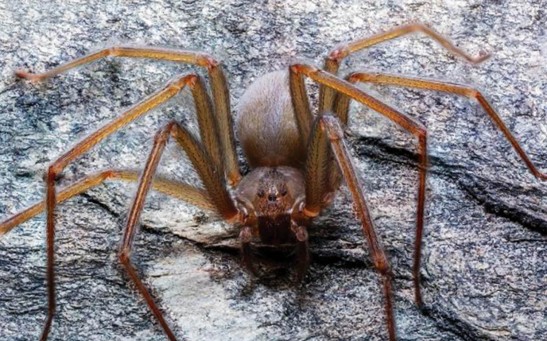spiders
Excessive Courtship Displays Make Wolf Spiders Easy Target for Birds
How the Giant Sea Spiders Get Around the Laws of Physics
Australian White-Tailed Spiders: How Much Can Their Bites Harm The Human Body
Spiders Eat Up To 800 Million Tons Of Food Every Year
To Catch, Not Kill: Australian Reptile Park On The World’s Deadliest Spider
The Forecast Calls for Chance of Spiders in Australia
Yawunik Arthropod Revealed—The Toothsome Creature that Gave Rise to Lobsters, Spiders and Butterflies
‘Skeletorus’ and ‘Sparklemuffin’ Species Discovered—Seriously Colorful Spiders
Watch This Spider Spin a Web That Makes Tech Designers Envious
Ever Wonder How Spiders Spin Such Long Webs? Researchers at Oxford Use Microscopy to Find the Answer
Surgical removal of brain part led to disappearance of a man's arachnophobia
Most Popular

RSS Tool "Saber" Set to Revolutionize the Oil and Gas Industry

Pink Moon Will Be Visible During Lyrid Meteor Shower; Here's the Best Time to Watch It

Micro-Workouts Explained: Here's Why Short Bursts of Movement Shouldn't Be Underestimated

Synthetic Cells Created Using Programmable Peptide-DNA Technology Act Like Living Ones With Capabilities for Biomedical Advancements






